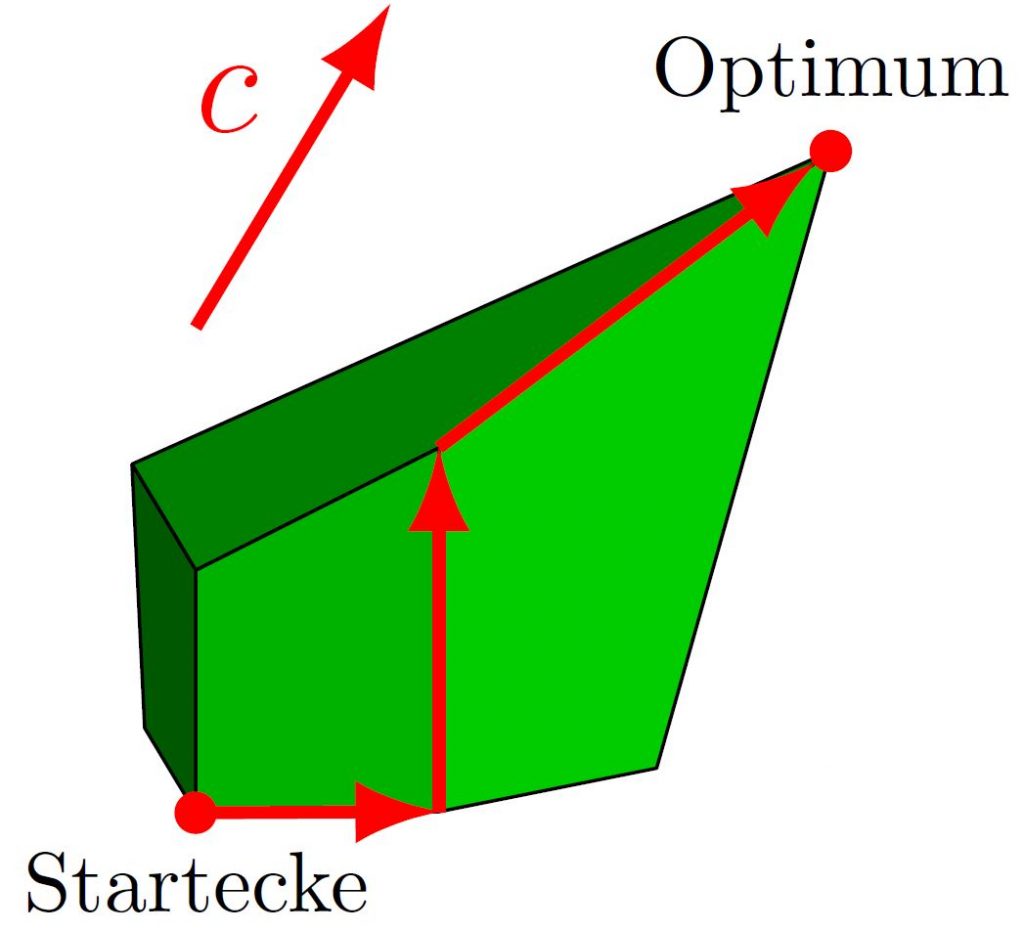von Dr. Marianne Guillet (Gewinnerin Dissertationspreis 2023)
To facilitate the transition from conventional to electric vehicles (EV), various incentive mechanisms, such as purchase bonuses or tax reduction, have emerged, while car makers expand their EV model offerings and public charging infrastructure continues to evolve. Despite these efforts, the unavailability of home-charging solutions decreases the likelihood of adopting an EV, as scarce and unreliable public charging infrastructure triggers the so-called drivers’ charge anxiety. Thus, operational solutions that mitigate uncertainties in the public charging experiences are needed to foster EV adoption. My dissertation introduces three novel models and solution methods, that aim to reliably help EV drivers find a free charging station in the presence of uncertainties.
From a driver-centric approach, the aim is to provide reliable navigation guidance to the driver to find a free charging station, assuming uncertain charging station availability. The solution consists of a sequence of charging stations to visit until one can be used, e.g., no car blocking the access. The problem can be represented as a sequential decision-making process, that we formulate as a Markov Decision process. Our optimal solver is based on a labeling algorithm, whose dominance criterion builds on the decomposition of the Markovian policy cost. This approach also provides an effective heuristic algorithm if using a simplified variant of the dominance criterion. We further extend our formulation and methodology to account for coordinated guidance instructions in a multi-agent setting, which we solve with a hierarchical variant of our labeling algorithm.
From a system-centric perspective, we study a non-cooperative offline resource allocation problem, where several navigation platforms aim to optimally assign their EV drivers to available charging stations, such that no visit conflict arises for their drivers and the total travel time for drivers to assigned stations is minimal. In a game-theoretic setting, the non-guaranteed existence of a Pure Nash equilibrium motivates us to implement a mechanism design approach, both in an offline and in an online scenario. Such an approach significantly reduces visit conflicts and decreases the social cost by up to 42% in the online scenario.
Related publications can be accessed on Researchgate.

